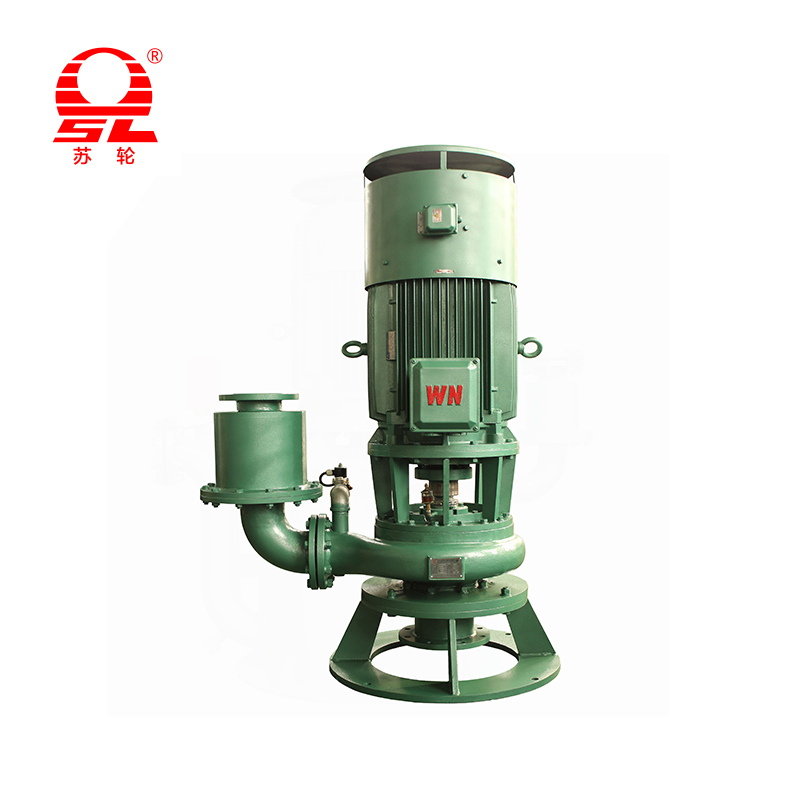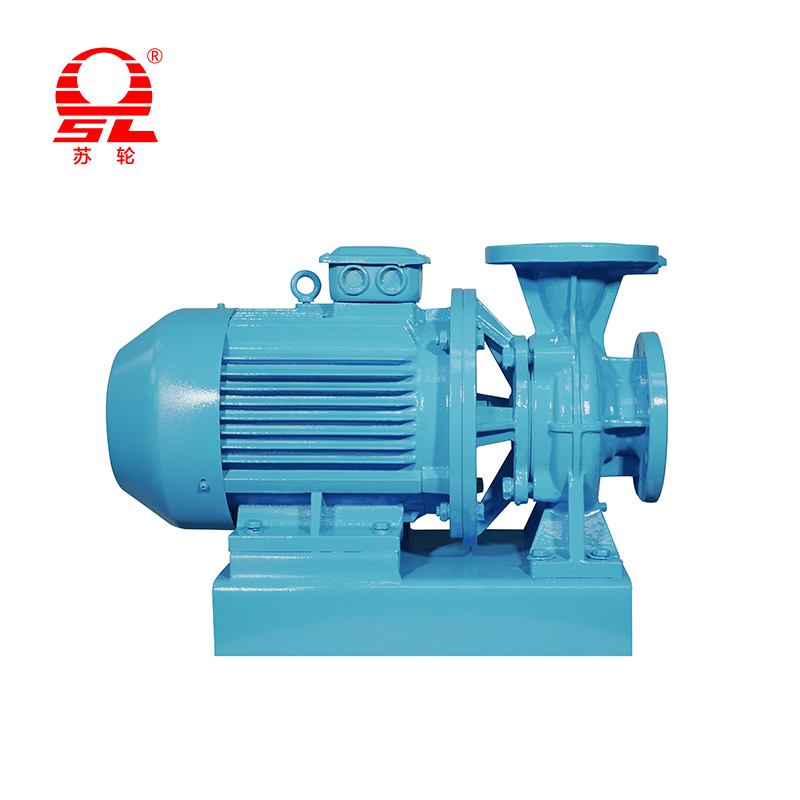How to determine if the mechanical seal of an SLW pump has failed
 2025.11.18
2025.11.18
 Industry News
Industry News
The SLW Series horizontal centrifugal pump is a cornerstone in industrial applications such as water treatment, chemical processing, and general circulation systems. The reliability of its mechanical seal is paramount, directly influencing system safety and continuous operation. Professional maintenance personnel must utilize a systematic and precise methodology to diagnose whether a mechanical seal has failed or is exhibiting early signs of impending failure. This diagnosis relies on meticulous observation and the monitoring of specific operational parameters.
I. Abnormal Leakage: The Transition from Vapor to Liquid Stream
The primary function of a mechanical seal is to contain the medium. Therefore, changes in leakage volume and form are the first and most tangible indicators of failure.
1. Distinguishing Normal Wetness from Critical Dripping
A properly functioning mechanical seal maintains an extremely thin fluid film between its friction faces for lubrication and cooling. As this film vaporizes, it may leave trace amounts of residue around the seal, referred to as "wetness" or "steaming." This minimal, non-continuous leakage is considered normal.
However, a definitive seal failure is indicated when leakage transitions from vapor or slight wetness to continuous dripping, sputtering, or forming a full liquid stream. Common root causes include: excessive wear of the dynamic and stationary rings, loss of the dynamic ring's tracking ability, or degradation/rupture of secondary seals (O-rings or bellows).
2. Anomalies in Leaking Media
If the SLW pump is handling media containing abrasive solids or crystallization-prone liquids (as in the SLWH chemical variants), the presence of these solid contaminants in the leak path strongly suggests that the friction faces have been breached or scoured, resulting in significant grooves or cracks.
II. Abnormal Temperature Rise: An Imbalance of Friction and Cooling
During operation, mechanical seals generate heat due to friction. Under normal conditions, this heat is effectively carried away by the pumped medium, flush fluid, or barrier fluid, keeping the seal chamber temperature stable and acceptable.
1. Elevated Seal Chamber or Gland Temperature
Using an infrared thermometer or monitoring temperature sensors installed on the seal chamber allows for rapid problem identification. If the seal chamber temperature consistently exceeds a set threshold above the normal operating temperature (e.g., more than $15^{\circ}\text{C}$ above the casing temperature), it signals that frictional heat is not being adequately dissipated.
Professional causes for abnormal temperature elevation include:
-
Loss of Lubricating Film: Failure of the flush system, leading to insufficient lubrication and cooling, resulting in dry running of the friction faces.
-
Excessive Face Loading: Improper adjustment of the spring or bellows pre-load, causing excessive face pressure and dramatically increased frictional heat.
-
Thermal Instability: Uneven face contact leading to localized hotspots, which causes thermal distortion (warpage) of the faces, creating a vicious cycle of friction and heat.
III. Increased Vibration and Noise: A Mechanical Distress Alert
While overall pump vibration can stem from multiple sources (e.g., misalignment, cavitation), mechanical seal failure can both cause and exacerbate vibration and noise.
1. Appearance of Abnormal Sound
When the mechanical seal faces experience severe wear due to dry running, particle ingestion, or angular misalignment, they may produce a sharp squealing, hissing, or periodic popping sound. This noise is typically concentrated around the seal gland area, distinct from motor or bearing noise.
2. Changes in Vibration Data
Professional vibration monitoring systems can detect a sudden increase in the pump's vibration overall value (Overall RMS/Peak) or specific frequency acceleration levels. Early mechanical seal failure—such as uneven face contact or loose rotating parts—will manifest clearly in the vibration spectrum analysis. Severe vibration not only confirms seal failure but also signals potential collateral damage to other precision components like bearings.
IV. Pressure Monitoring: Auxiliary System Anomalies
For SLW pumps utilizing dual mechanical seals (e.g., SLWH type) or complex flush arrangements, the pressure in the auxiliary system is a crucial diagnostic factor.
1. Barrier Fluid Pressure Changes (Dual Seals)
-
A sudden drop in barrier fluid pressure indicates failure of the inboard seal (process side), allowing the barrier fluid to leak into the pumped medium.
-
A continuous rise in barrier fluid pressure indicates failure of the outboard seal (atmospheric side), allowing the pumped medium to contaminate the barrier fluid.
2. Flush Fluid Flow and Pressure
A significant reduction or interruption of the flush fluid flow (Quench) will lead directly to seal failure. Therefore, abnormal readings on the flow or pressure gauges installed on the flush lines serve as an indirect warning sign of imminent seal system breakdown.
V. Power Consumption Anomaly: Increased Running Load
If the mechanical seal's friction dramatically increases during pump operation, the driving motor will be forced to draw more power.
By monitoring the motor's current or power consumption, a noticeable elevation when flow and head remain constant suggests excessive friction. This can be caused by dry face friction, overly high face loading, or coking of viscous media on the seal surfaces. While not an instantaneous indicator, abnormal power consumption is a reliable signal of seal failure when viewed through long-term trending analysis.

+86-0523- 84351 090 /+86-180 0142 8659

 English
English русский
русский عربى
عربى bahasa Indonesia
bahasa Indonesia










